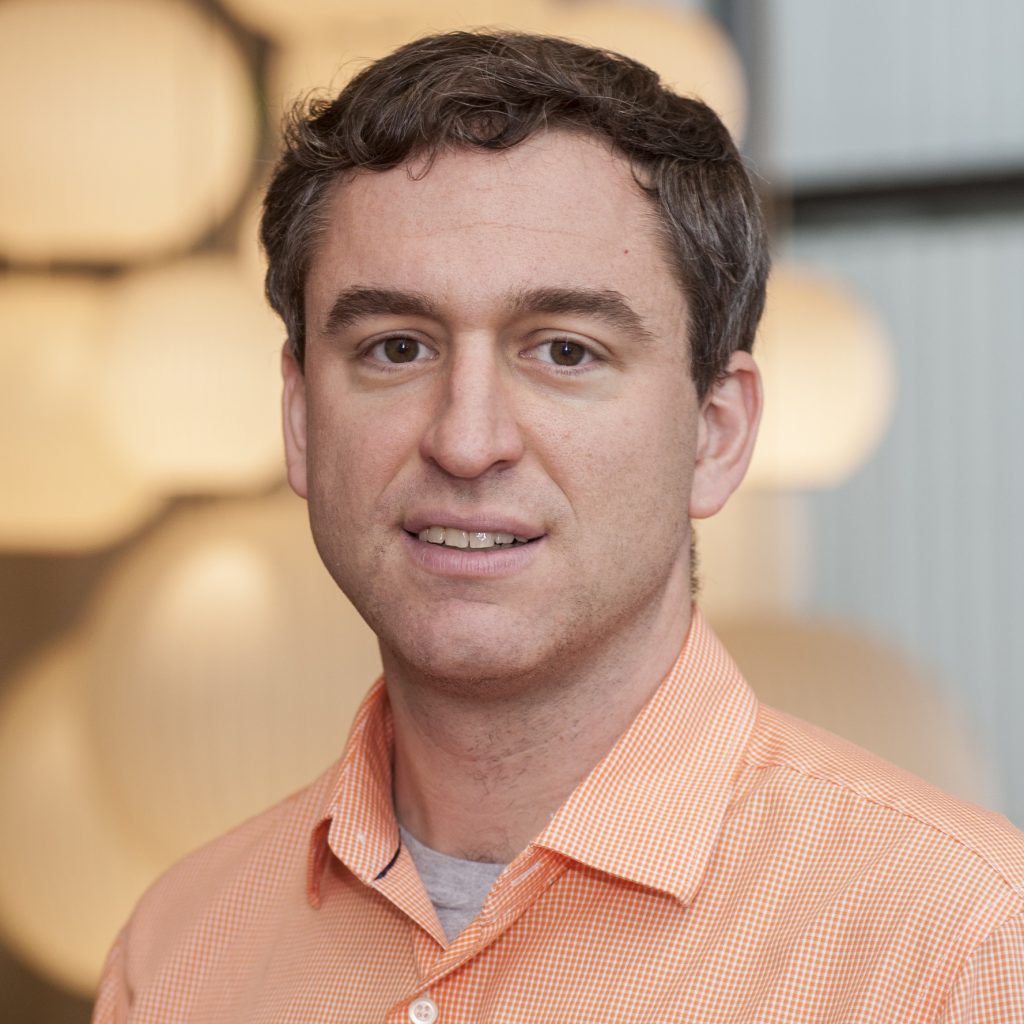Looking for a specific lab? Below is a list of each lab in our center with a short synopsis of what they study.

The Beier lab studies organ development and repair using genetic and genomic analysis of model systems and human birth defect syndromes.

The Bennett lab investigates the contribution of post-zygotic mutations on human development and birth defects, with a focus on vascular malformations. We also study the impact of rapid diagnostic genomic sequencing in management of children in intensive care units.

The Cherry Lab investigates how the visual system develops, and how genetic variations contribute to blindness and other visual disorders. Our ultimate goal is to develop new therapeutic strategies to treat these disorders.

The Maga lab investigates the contributions of genetic and environmental factors responsible for human malformations, specifically craniofacial disorders and normal phenotypic variation. The lab is currently unraveling the epigenetic changes – alternations in the genome due to environmental factors as opposed to mutations – that contribute to fetal alcohol spectrum disorders.

The Majesky lab uses molecular, biological and developmental genetic approaches to address fundamental questions in the development and differentiation of blood vessels. The goal is to understand the molecular mechanisms involved in the embryonic development of the heart and vascular system to discover and develop applications for stem and progenitor cell-based therapies.

The Maves lab investigates how heart and muscle cells develop in the hope of uncovering new treatments for muscular dystrophy and heart disorders.

The mission of the McCarthy lab is to understand how epigenetic gene repression regulates cell identity and function, and to utilize this knowledge to control cell identity for generating cell therapeutics and treat disease.

In the Nguyen Lab, we investigate the genetic and epigenetic changes occurring after kidney injury. Our goal is to identify mechanisms by which the response to kidney injury can be redirected from fibrosis to functional organ tissue.

The Nigam Lab aims to improve the care of young cardiac patients by discovering innovative solutions for hypoplastic left heart syndrome; improving outcomes for children undergoing cardiac surgery with cardiopulmonary bypass and mechanical circulatory support; and inventing new tools that make cardiac surgery safer.

The Okamura lab is currently investigating the role of macrophages in mediating both inflammatory and oxidative pathways and their role in cellular crosstalk with interstitial fibroblasts during chronic kidney injury.

The Paquette lab studies the relationship between the prenatal environment and perinatal outcomes in children by applying integrated and network biology approaches within placental ‘omics data.

The Shih Lab uses advanced optical imaging to study neurovascular function in the living brain. The goal is to better understand how blood flows through the brain by watching and learning from model organisms.

Dr. Yu’s primary research interests focus on molecular, cellular and morphogenetic mechanisms of normal secondary palate morphogenesis and the pathogenesis of cleft palate. He is also investigating molecular and cellular mechanisms of midfacial hypoplasia caused by mutations in FGFRs.